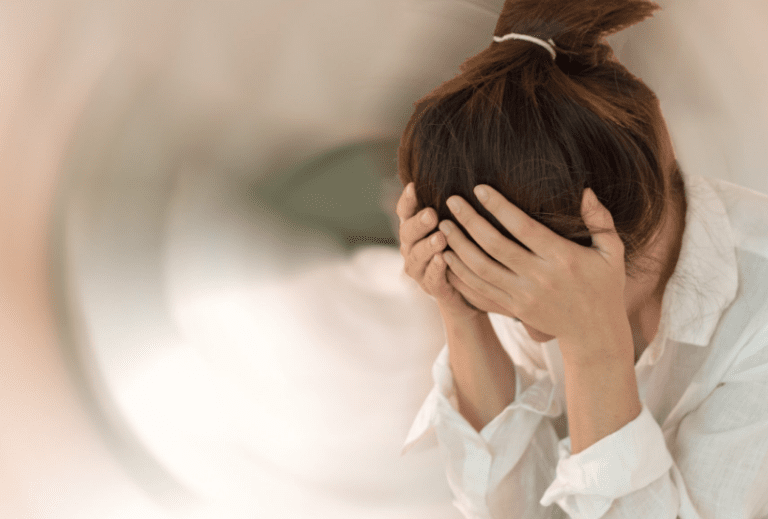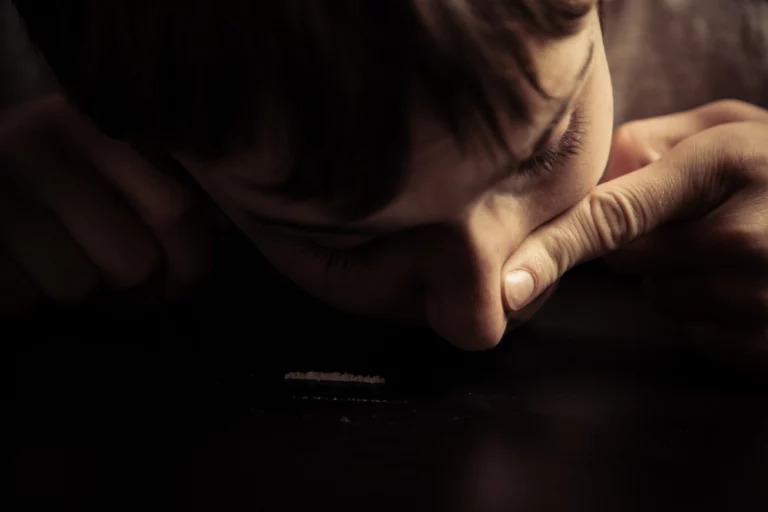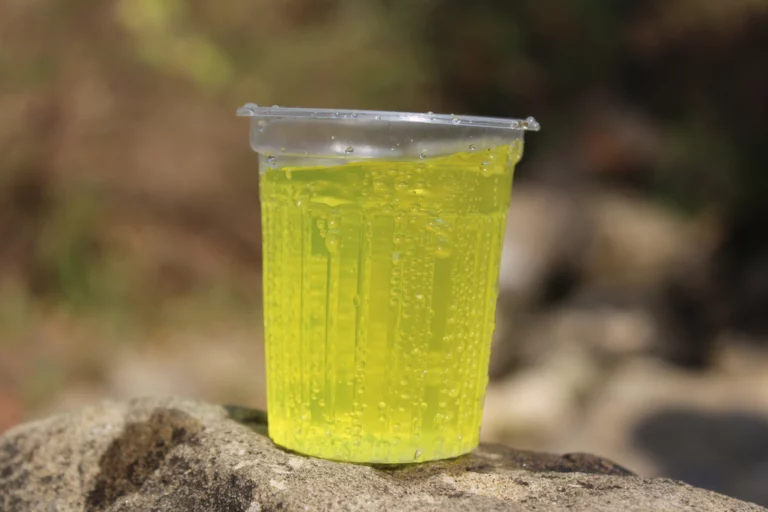The Dangers of Psychedelics
What Are Psychedelics?
Psychedelics, also often referred to as “hallucinogens,” are a category of drugs whose primary effect is that they trigger altered states of consciousness. Psychedelics can be composed of chemicals, such as LSD or “acid,” or plants, such as psilocybin or “magic” mushrooms. Other psychedelics include ecstasy, PCP, GHB, ketamine, ayahuasca, and salvia.
Psychedelics can be taken in a number of ways. Depending on the substance, a hallucinogen may be eaten, smoked, or brewed into tea. Effects of psychedelics may include:
- Hallucinations
- Altered sense of time
- Vivid sensory experiences
- Paranoia
- Nausea
- Feelings of relaxation
- Introspective/ spiritual experiences
- Increased energy
- Intensified feelings
The duration of effects of psychedelics varies widely, depending on factors such as the type of substance and amount taken. An LSD high or “trip”, for example, can last for up to 12 hours, while a mushroom trip generally lasts four to six hours.
The United States classified all psychedelic drugs as Schedule I substances as part of the 1970 Controlled Substances Act. Schedule I substances are defined as drugs with no currently accepted medical use and a high potential for abuse. However, in the past several years a number of cities have taken steps to decriminalize the use of psilocybin mushrooms, including Denver, Colorado, and the District of Columbia. In November 2020, the state of Oregon became the first state to legalize psilocybin. Psychedelics such as LSD and ecstasy remain illegal.
History Of Psychedelics
According to the research study “The Past and Future of Psychedelic Science,” psychedelic plants and fungi have been used in indigenous medicinal traditions for millennia.
Modern psychedelic research began when Albert Hofmann first synthesized lysergic acid diethylamide (LSD-25) in 1938 while trying to develop a circulatory system stimulant. When LSD did not work for his purposes, he set it aside but returned to it five years later to do further research. While working with it, he accidentally absorbed some of the chemicals into the skin on his hand and experienced a radical shift in consciousness.
After experimenting further, he began sending his discovery of LSD to universities around the world, believing it, along with other psychedelics, could benefit psychiatry. In 1960 a Harvard psychologist named Timothy Leary received some of those psychedelics, who became one of psychedelics’ biggest advocates.
In 1966, President Johnson signed the Drug Abuse Control Act into law, making the possession of psychedelics a crime, and in 1970, President Nixon passed the more comprehensive Controlled Substances Act which established a federal program to enforce drug laws. Many contribute the illegality of psychedelics more to “moral panic” than any concern for bodily harm.
These days, psychedelics are in a renaissance of sorts, with many breakthrough studies showing the therapeutic and psychological benefits of the drugs. Many cities and states are even making moves to decriminalize and legalize them. However, psychedelics do have risks, and it is important to be aware of them.
The Dark Side of Psychedelics
Psychedelics, though most often associated with a culture of light, love, and “freeing your mind,” also have a dark side to them.
The most frequent adverse effect of psychedelics that many individuals have heard reference to is the experience of a “bad trip” when taking a psychedelic. A “trip” is a term used for the duration of time a person experiences the effects of a psychedelic—which can often feel and even look like traveling in space and time. A “bad trip” refers to an unpleasant trip or an unpleasant experience of psychedelic intoxication.
Though many people experience hallucinations while taking psychedelics, the experience of ominous, harmful, or scary hallucinations can be part of a bad trip. Other effects may include a sense of time standing still (thus, the trip is never-ending), paranoia, and dramatic mood swings. There is no way to abruptly stop a bad trip, and if someone is at risk of harming themselves or someone else, it is important that they seek medical attention. Psychedelics such as LSD can last up to 12 hours, but the effects are generally at their strongest within the first 1-3 hours.
When bad trips go really badly, they can even be fatal. There are a number of reports of fatal incidents involving psychedelics, including some from relatively recently. For example, in 2011, a 22-year-old died after jumping out of a vehicle after taking LSD, and in 2016, a college student murdered his girlfriend after taking LSD.
Though there is much data and research findings on the positive benefits of psychedelics for many mental health issues, concern has also been expressed about the safety of individuals with mental disorders taking psychedelics.
In one study titled “Suicide under the influence of ‘magic mushrooms,’ it states that especially for people with mental or psychiatric disorders, ingestion of magic mushrooms may result in horror trips combined with the intention of self-destruction and suicidal thoughts. Automutilation after consumption of hallucinogenic mushrooms is described, and the case goes on to report the suicide of a man by self-inflicted cut and stab injuries.
There have been a handful of reports of individuals dying not directly from taking psychocybin mushrooms, which are low in toxicity themselves, but by jumping to their deaths after taking them. Often, these are reports of individuals jumping out of high-story windows and dying from impact.
These reports often describe the individuals who took the drugs and stable and content people who, after taking the psychedelics, take impulsive action, perhaps believing while under the influence that they can fly, or will otherwise not be harmed.
Need Help? We Are Here
If you or someone you love has developed an addiction or dependence on drugs or alcohol, or has relapsed and are wondering how to get help, we encourage you to reach out to the professionals at Oasis Recovery, located in the heart of Asheville, North Carolina, to learn more about our personalized treatment programs and mental health services. Recovery is always possible. Our experts work with you to design a treatment plan that fits your needs. Common treatment programs include:
- Intensive Outpatient Programs (IOP)
- Full-time Addiction Treatment on campus
- Aftercare Services
Contact us today for more information about how our programs and services can help you get your life back on track.











